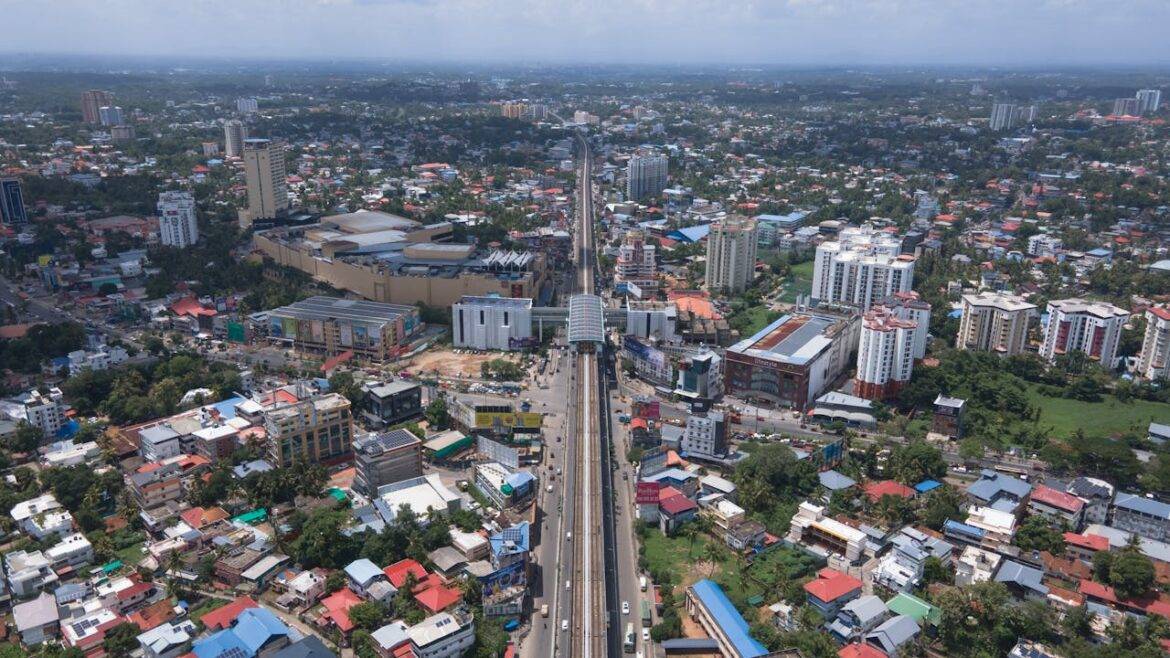AI Generated Summary
- Despite months of diplomatic strain over the killing of a Khalistan terrorist and the subsequent fallout due to Justin Trudeau’s baseless accusation, Canadian leaders acknowledged that the world’s fourth-largest economy cannot be left out of strategic conversations on climate, energy, technology, and economic security.
- The G7, once an exclusive club of industrialized Western democracies, must now recognize that solutions to 21st-century challenges—be it AI regulation, supply chain resilience, or climate finance—require the perspectives and participation of emerging powers like India.
- This is why India’s participation in global leadership platforms like the G7 is not a courtesy—it is a necessity.
India has doubled its GDP in just a decade—from approximately $2.1 trillion in 2015 to a projected $4.3 trillion by the end of 2025. This remarkable growth story is not a matter of statistical pride alone. It marks the emergence of India as a central pillar of the global economy—resilient, dynamic, and increasingly influential. This momentum explains why Canada extended an invitation to Indian Prime Minister Narendra Modi to attend the G7 summit, despite recent diplomatic tensions. It also affirms a broader truth: no serious global economic conversation can now exclude India.
Over the past ten years, India’s growth has been fueled by a unique mix of domestic consumption, technological innovation, and strategic policy shifts. Unlike China’s investment-heavy model, India’s growth rests significantly on its services sector—particularly information technology, business process management, and fintech. The IT-BPM sector alone contributes over $245 billion annually, accounting for more than 7% of GDP. In a digital world, India isn’t catching up—it’s often setting the pace.
Beyond technology, India’s demographic advantage is undeniable. With a median age of just under 29, the country boasts the largest youth population in the world. This growing workforce, combined with rising levels of education and digital connectivity, has created a robust internal market. India is no longer merely the back office of the world—it is increasingly the boardroom, the marketplace, and the laboratory.
Government reforms have also played a pivotal role. Initiatives like “Make in India,” “Digital India,” and massive infrastructure investments—from expressways to data centers—have improved the ease of doing business and attracted foreign direct investment. In FY2021–22 alone, India secured $82 billion in FDI, a clear sign of international confidence in its economic future. Its integration into global value chains, particularly in pharmaceuticals, semiconductors, and renewable energy, is gaining pace.
And critically, India’s economic resilience has stood out in a turbulent global context. Amid sluggish growth in Western economies, debt crises in emerging markets, and inflationary pressures nearly everywhere, India has managed to maintain a growth rate of over 6.5% per year. Even when the global economy stumbled due to the COVID-19 pandemic or geopolitical shocks like the war in Ukraine, India’s internal demand and diversified economy provided stability. The country is no longer simply riding global waves—it is increasingly shaping their direction.
This is why India’s participation in global leadership platforms like the G7 is not a courtesy—it is a necessity.
Canada’s invitation to Prime Minister Modi for the 2025 G7 summit illustrates this reality. Despite months of diplomatic strain over the killing of a Khalistan terrorist and the subsequent fallout due to Justin Trudeau’s baseless accusation, Canadian leaders acknowledged that the world’s fourth-largest economy cannot be left out of strategic conversations on climate, energy, technology, and economic security.
Canadian Prime Minister Mark Carney captured this sentiment best: “Without India, the summit would be incomplete.” Such candor signals a broader shift in the global order. The G7, once an exclusive club of industrialized Western democracies, must now recognize that solutions to 21st-century challenges—be it AI regulation, supply chain resilience, or climate finance—require the perspectives and participation of emerging powers like India.
Indeed, India is not just a passive participant in global governance—it is actively shaping it. During its presidency of the G20 in 2023, India emphasized inclusive development, digital public infrastructure, and reforming global financial institutions. It positioned itself as a bridge between the Global North and South, with credibility in both camps. That ability to translate between worlds—between Davos and Dhaka—is something few other nations can claim.
This bridging role will become even more crucial as the global order enters a period of multipolarity. The old rules of economic leadership—largely dictated by the West—are being rewritten. Institutions must now reflect the distribution of real economic power and potential. India, with its scale, energy, and democratic credentials, is poised to play a defining role.
To be sure, India faces its share of challenges: income inequality, regulatory complexity, and environmental stress among them. But its trajectory is undeniably upward. Global institutions and traditional powers must not just acknowledge this—they must adapt to it. India’s inclusion in forums like the G7 should become institutionalized, not contingent on the host country’s goodwill.
As the world seeks engines of growth in an era of fragmentation, India offers not just momentum, but also a model—of pluralism, of digital inclusion, and of balancing tradition with transformation. Ignoring its voice is no longer an option; integrating it fully is the imperative.
The question is no longer whether India belongs at the table. The real question is whether the table itself is big enough for the future it represents.




